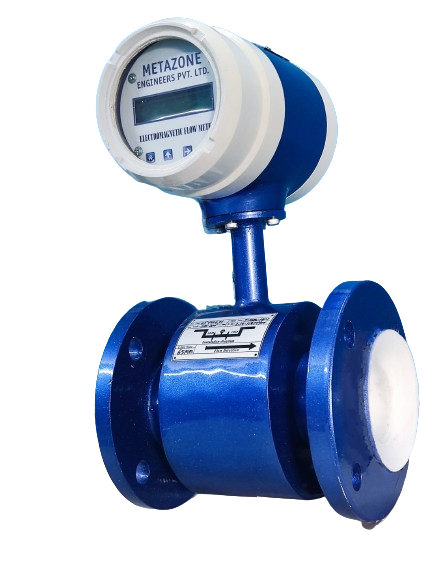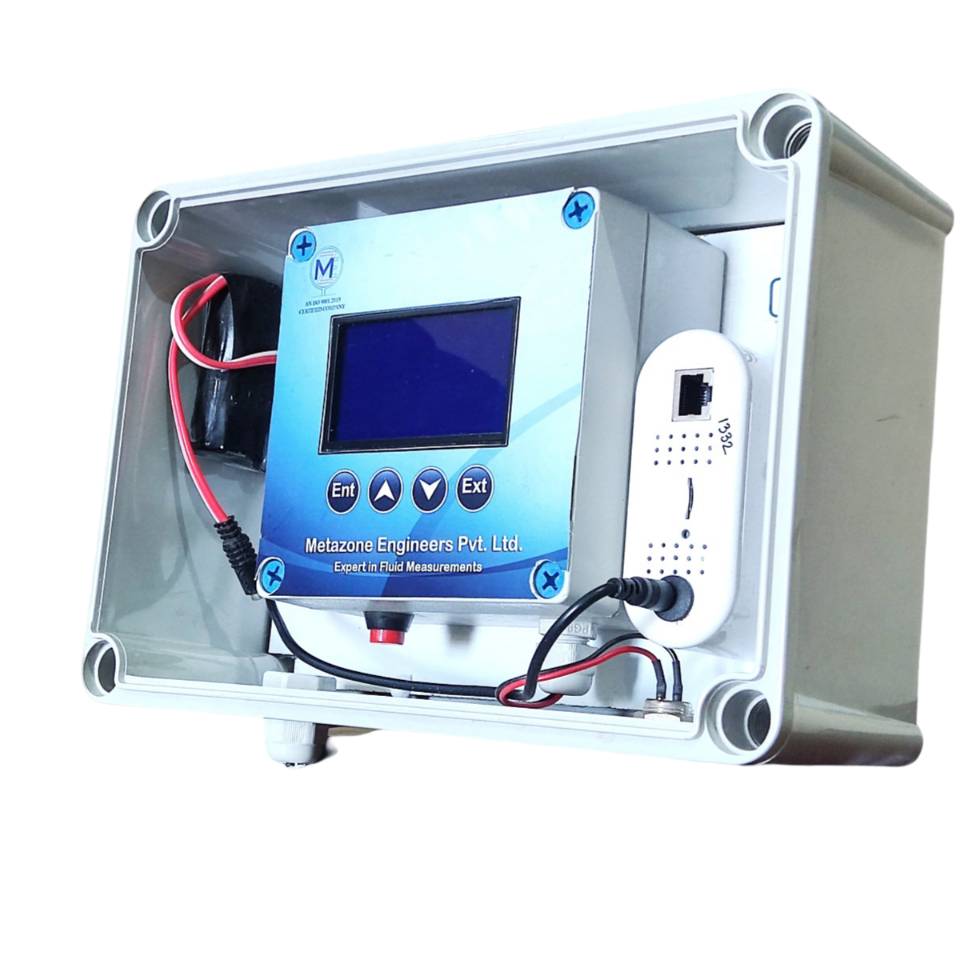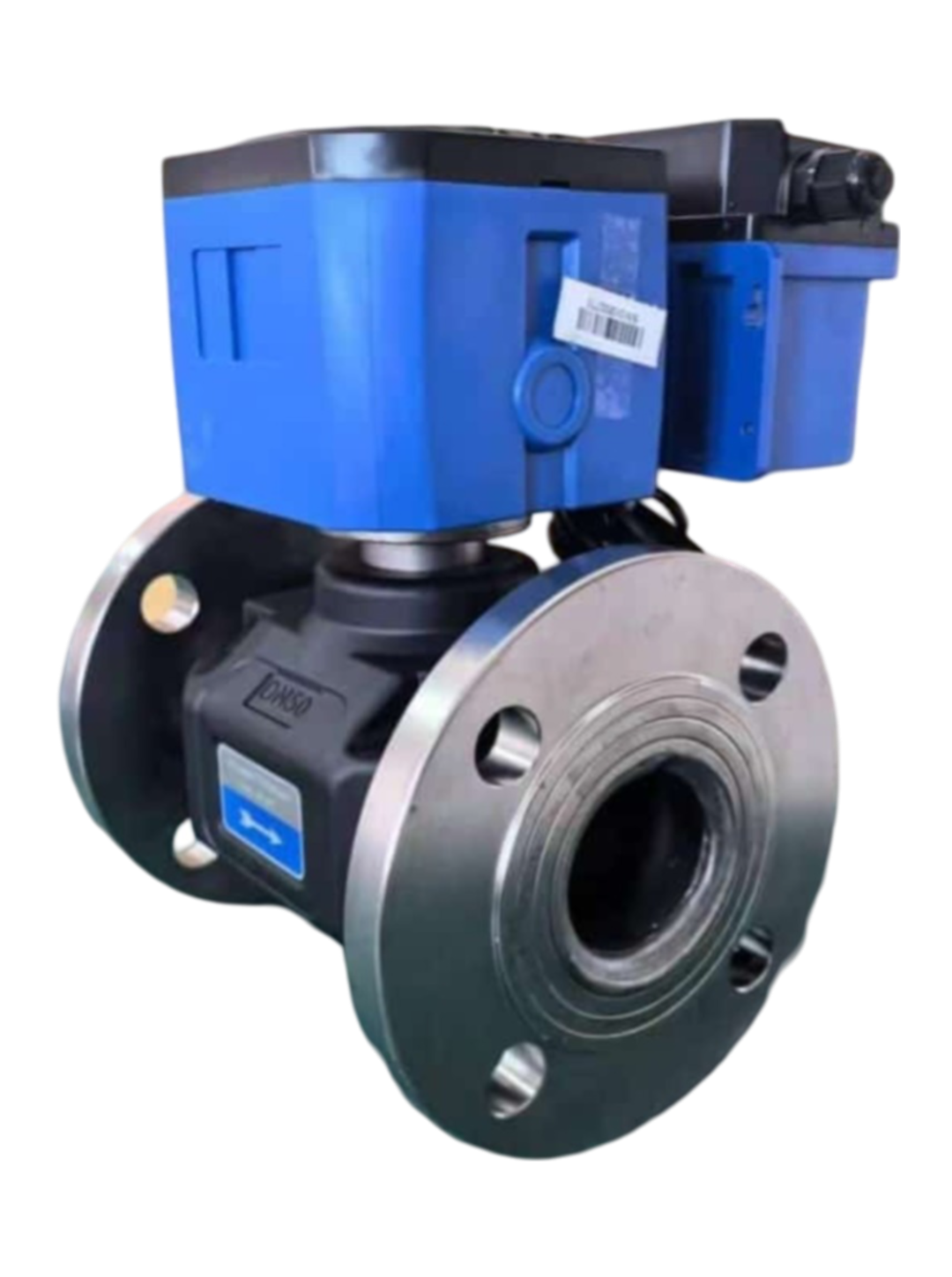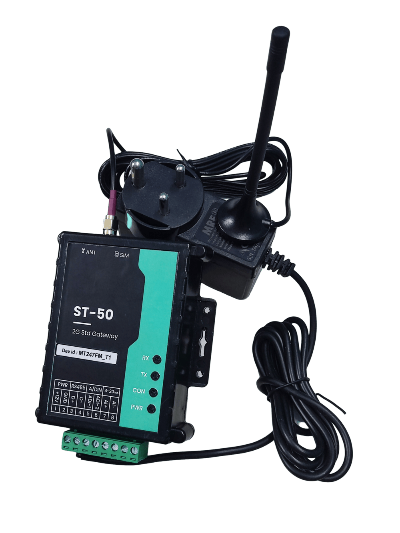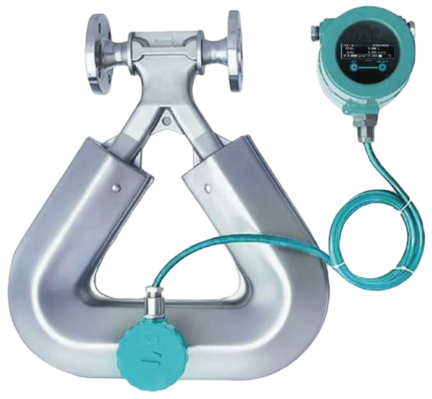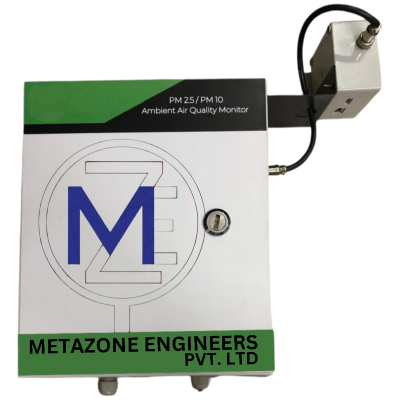about
An electromagnetic flow meter is a type of flow meter that uses electromagnetic induction to measure the flow rate of a conductive liquid. It works based on Faraday's Law of Electromagnetic Induction, which states that a voltage is induced in a conductor when it moves through a magnetic field.how it works
Magnetic Field: A magnetic field is generated across the flow tube using electromagnetic coils.Conductive Fluid: As the conductive liquid flows through the tube, it cuts across the magnetic lines of force. Voltage Induction: This interaction induces a voltage between two electrodes embedded in the pipe wall.
Flow Rate Measurement: The induced voltage is directly proportional to the flow velocity of the liquid. By measuring this voltage, the flow rate can be calculated.
usefull parameters
No Moving Parts: This makes them highly reliable and low-maintenance.Wide Range of Applications: Suitable for measuring a variety of conductive liquids, including water, wastewater, chemicals, and slurries. High Accuracy: Can provide accurate measurements over a wide flow range.
Low Pressure Drop: Minimal impact on the flow process.
Non-Invasive: Does not require any physical obstructions or constrictions in the flow path. Note: Electromagnetic flow meters are generally not suitable for measuring non-conductive liquids, such as gases or oils.

